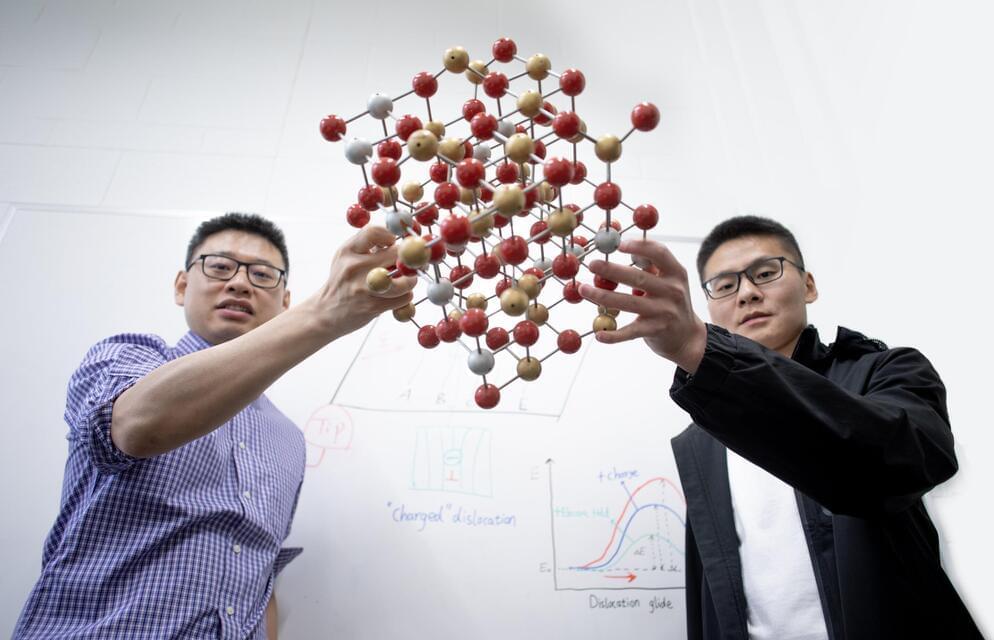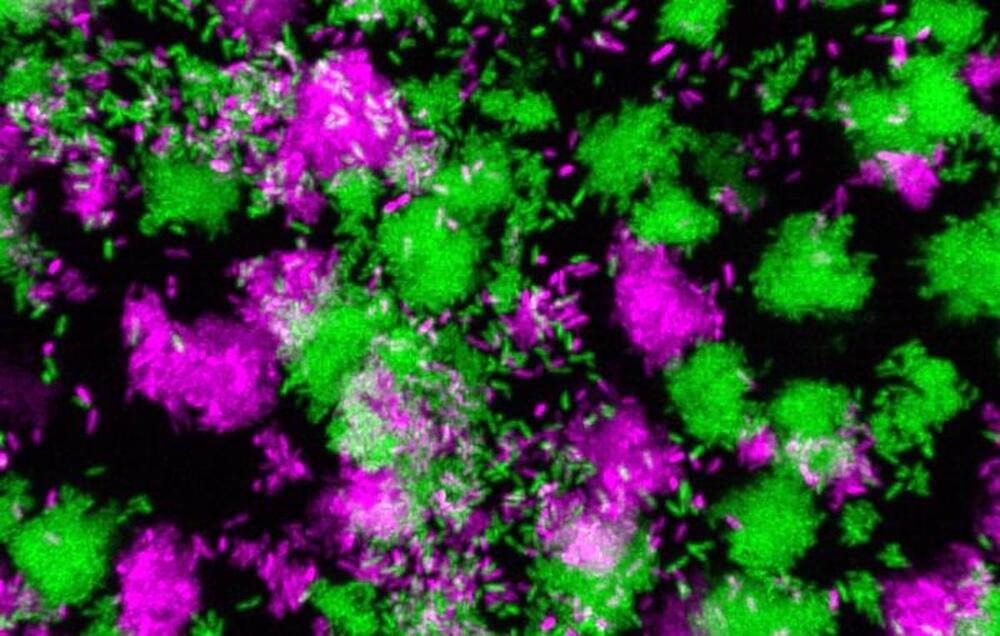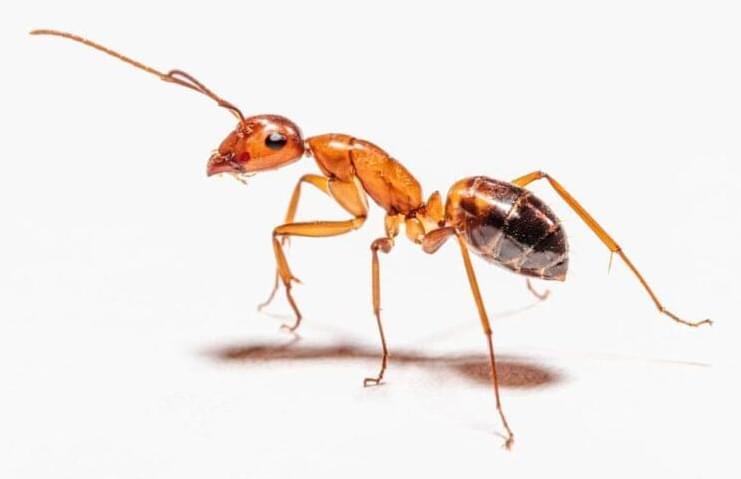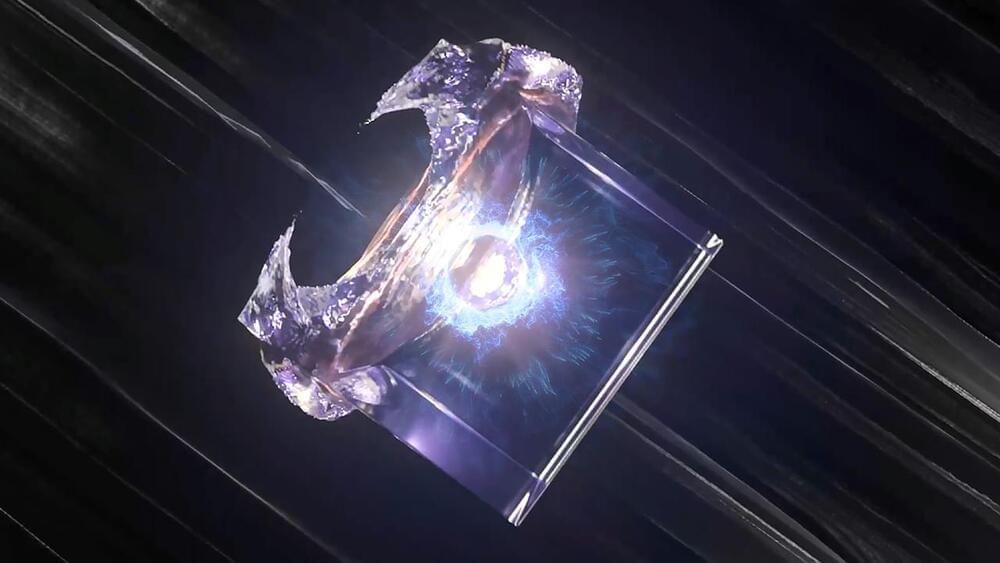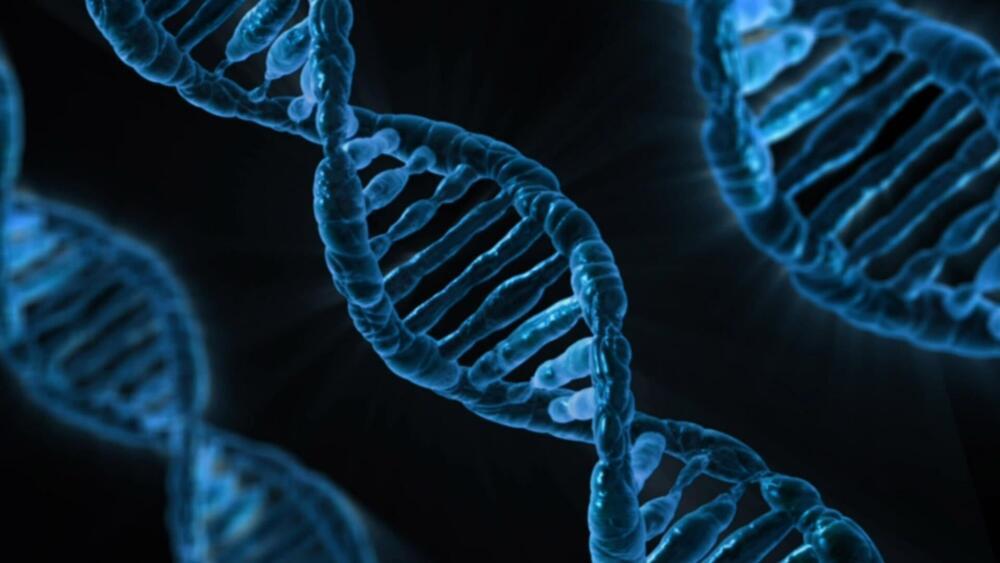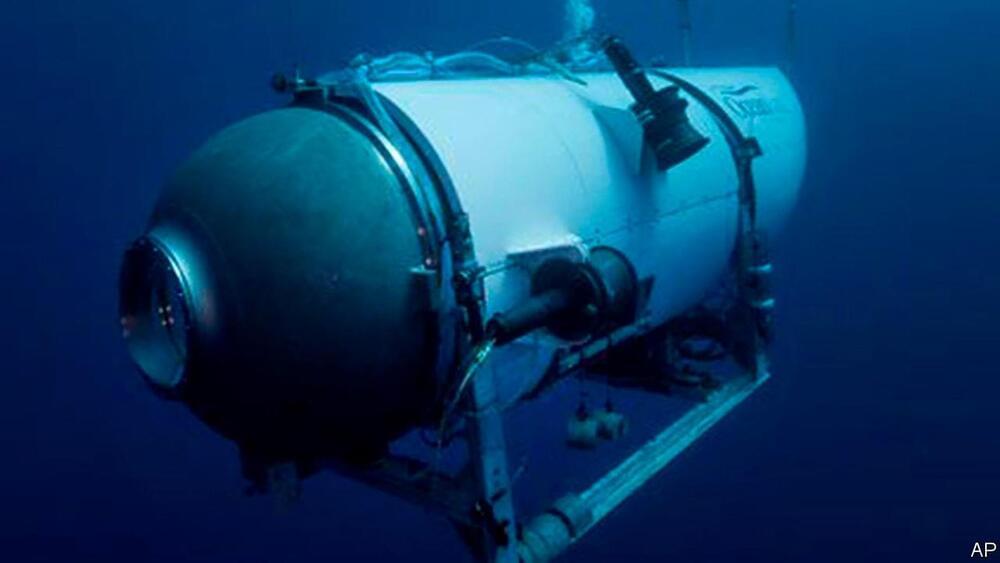Jun 22, 2023
Using electric fields to control the movement of defects in crystals
Posted by Shailesh Prasad in categories: computing, engineering
An international team of researchers, led by University of Toronto Engineering Professor Yu Zou, is using electric fields to control the motion of material defects. This work has important implications for improving the properties and manufacturing processes of typically brittle ionic and covalent crystals, including semiconductors—a crystalline material that is a central component of electronic chips used for computers and other modern devices.
In a new study published in Nature Materials, researchers from University of Toronto Engineering, Dalhousie University, Iowa State University and Peking University, present real-time observations of dislocation motion in a single-crystalline zinc sulfide that was controlled using an external electric field.
Continue reading “Using electric fields to control the movement of defects in crystals” »
